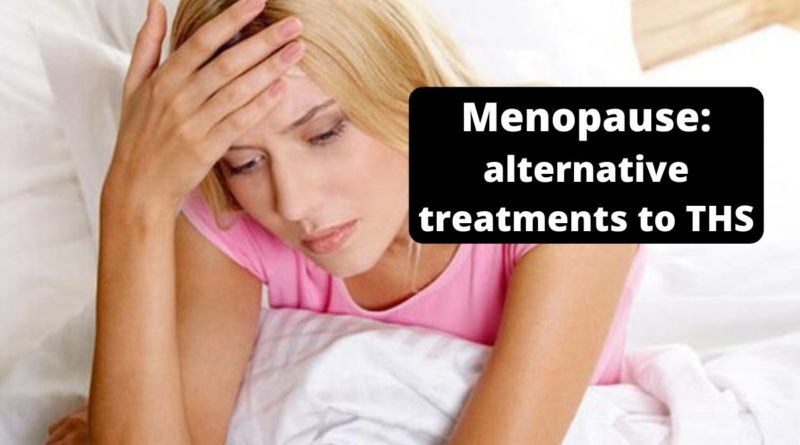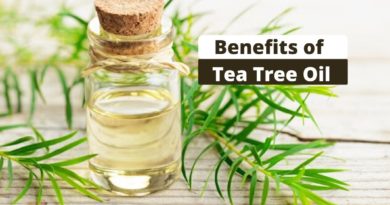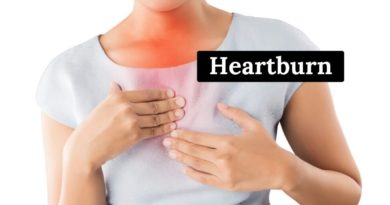Menopause: alternative treatments to THS
Menopause is a physiological phenomenon; that is, it is a stage in a woman’s life. It means the cessation of menstruation permanently as a consequence of the loss of activity of the ovaries. The term menopause comes from the Greek words: men (month) and pausis (cessation).
The loss of estrogens (hormones produced in the ovaries) that occurs in menopause causes a series of consequences:
Table of Contents
Short term
- The most characteristic is the appearance of hot flashes or heat.
- Psychological disturbances, which would include sleep disorders, emotional instability, and depression.
In the medium term
- Genital and urinary tract disorders: vaginal dryness, stinging, irritation, burning, and dyspareunia (pain when having sexual intercourse), affecting up to 30% of women over 50 years of age.
- Skin disorders: dry skin, the appearance of wrinkles.
Long-term
- Osteoporosis, which consists of loss of bone mass.
- Ischemic heart disease: angina pectoris or myocardial infarction.
The increase in the life expectancy of women means that there are more and more women in the postmenopausal period(1), so health professionals must strive to guarantee the quality of life of women.
In this context, Hormone Replacement Therapy with estrogens and progesterone can help improve the well-being of women after menopause and prevent some diseases such as osteoporosis. But, on some occasions, Hormone Replacement Therapy cannot be used, either because it is contraindicated, or because women do not tolerate it. In these cases, we have other alternative treatments.
It is important to remember here that, regardless of the treatment adopted during menopause, the woman should perform gynecological controls that include periodically:
- Annual gynecological examination
- Annual Pap smear (Pap)
- Bilateral annual or biannual mammography
- Blood analysis
- Transvaginal ultrasound.
[Also Read: What Is Menopause? Symptoms, Causes, Treatment, and More]
Hygienic-dietary measures
They are recommended for all menopausal women, regardless of whether they are under treatment or not.
Diet
Although a healthy and balanced diet is necessary at all stages of life, when menopause is reached, said diet is essential due to the increased incidence of certain diseases, such as osteoporosis, cardiovascular diseases, and cancer.
We must ensure that the diet of menopausal women is sufficient, complete, varied, and balanced. There are no “forbidden” foods (if there is no specific contraindication for any disease), but you have to know which foods should be taken daily and which ones only occasionally.
A diet rich in fruits, vegetables, legumes, and cereals, cooked with olive oil, will provide vitamins and minerals (zinc and selenium) and some vitamins with antioxidant effects such as E, A, and C.
To strengthen bones and prevent osteoporosis, it is essential:
- Build up calcium reserves in youth to build strong bones
- A diet with enough calcium, phosphorus and vitamin D
Get regular physical exercise. - Adequate exposure to the sun. Sunbathing is recommended for 15-30 minutes a day.
- Eliminate tobacco and moderate consumption of alcoholic and caffeine-containing beverages (coffee, cola).
Milk and milk derivatives are recommended as calcium-rich foods. The recommended amount of calcium is 1,000 to 1,500 mg/day, which can be achieved with 2 glasses of milk, plus 2 yogurts, plus a serving of Burgos cheese per day. In the case of lactose intolerance, you can opt for yogurt and cheese. Skimmed dairy products have the same amount of calcium as whole ones.
Other recommended foods are nuts, vegetables (broccoli, spinach, watercress) whole wheat bread, legumes, and sardines.
The role of calcium, as a medicinal supplement, seems to be limited to older women. The older the woman, the more effective the calcium is taken in this way becomes. Since it is absorbed worse in the intestine under normal conditions, in women in the early postmenopausal period, calcium supplements are not as effective, because bone loss is due to estrogen deficiency.
Toxic habits
Smoking is related to early menopause, that is, women who smoke reach menopause 1-2 years earlier than nonsmokers, there is a relationship with the number of cigarettes and the years in which they have smoked. Similarly, in these women smokers, hormone replacement therapy will be less effective, since, in these women, it increases metabolism and elimination of estrogens. Furthermore, we must not forget the association of tobacco with coronary heart disease.
Drinking too much alcohol should also be avoided, as alcohol has been linked to an increased risk of breast cancer.
The consumption of large amounts of coffee and soft drinks is associated with an increased risk of osteoporosis, so its use should be moderate.
Physical exercise
Physical activity has a positive effect on the general well-being of women, improves mood, and reduces the risk of osteoporosis.
Exercise can improve bone mineral density in postmenopausal women. Agility is improved, muscle tone is enhanced, and the possibility of falls is reduced.
Similarly, exercise reduces the risk of cardiovascular disease.
The intensity and type of physical exercise must be adapted to each woman.
Aerobic exercises are recommended: gymnastics, cycling, swimming, dancing, etc., avoiding strenuous efforts.
Tibolone
It is a synthetic steroid that, once in the body, gives rise to three components with estrogenic, progestogenic, and androgenic actions. In Spain, it is marketed under the name Boltín.
Tibolone has a beneficial effect on your bones, preventing loss of bone mass. It also relieves hot flashes.
In the sexual area, it also has a beneficial effect, since it improves vaginal lubrication and causes an increase in libido or sexual desire.
In the uterus, it acts causing endometrial atrophy, and therefore, with this treatment, no menstrual bleeding will appear.
In any case, its effects on the cardiovascular system and the breast are not yet known with certainty.
Phytoestrogens
It has been proven that in eastern countries, where the consumption of soy in the diet is high, there is a lower incidence of breast, endometrial and prostate cancer; likewise, eastern women have a lower incidence of menopausal symptoms, and in fact, there is no equivalent to “hot flash” in Japanese.
This effect of soy is due to its content in phytoestrogens. These exert a mixed, estrogenic or antiestrogenic action, depending on the tissue where they act. Phytoestrogen treatment is presented as an alternative to hormone replacement therapy. It has been shown that it reduces the frequency of hot flashes and that it has a beneficial effect on bone mass and the cardiovascular system. However, the individual variations are significant, and the efficacy is less than that of estrogens.
Raloxifene
It is a substance that modulates estrogen receptors, with different actions depending on the tissue in which it acts. In Spain, it is marketed under the names of Optruma and Evista.
Treatment with this preparation is effective in preventing osteoporosis and also has a beneficial effect on a fraction of cholesterol that we call LDL. It has also been shown to reduce the incidence of breast cancer 2-3 years after starting treatment, although this aspect is still controversial and is currently under study. Conversely, raloxifene does not improve hot flashes or vaginal dryness.




